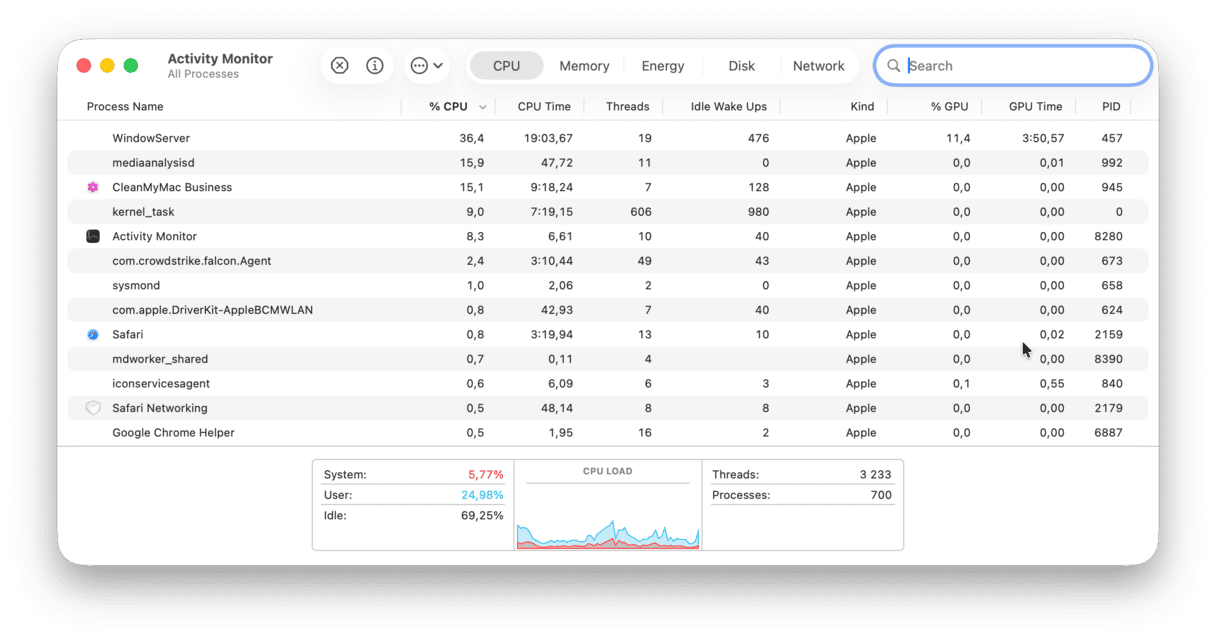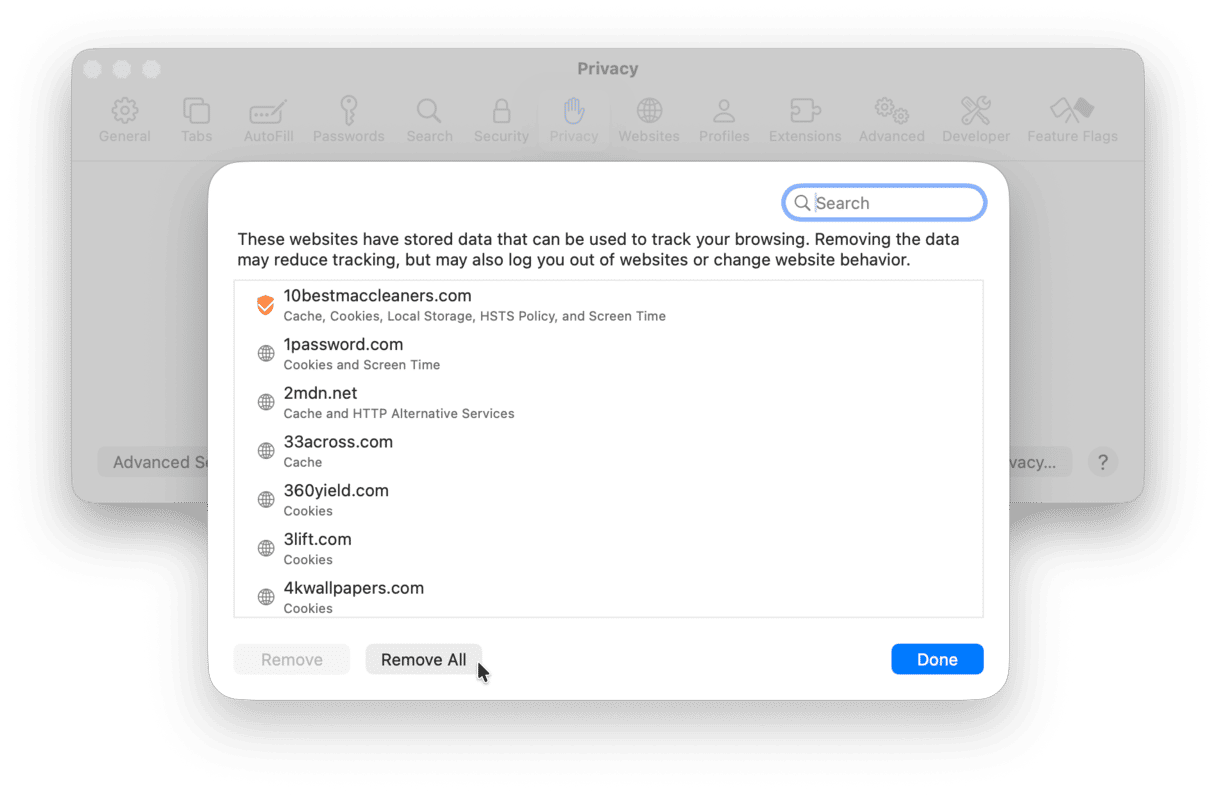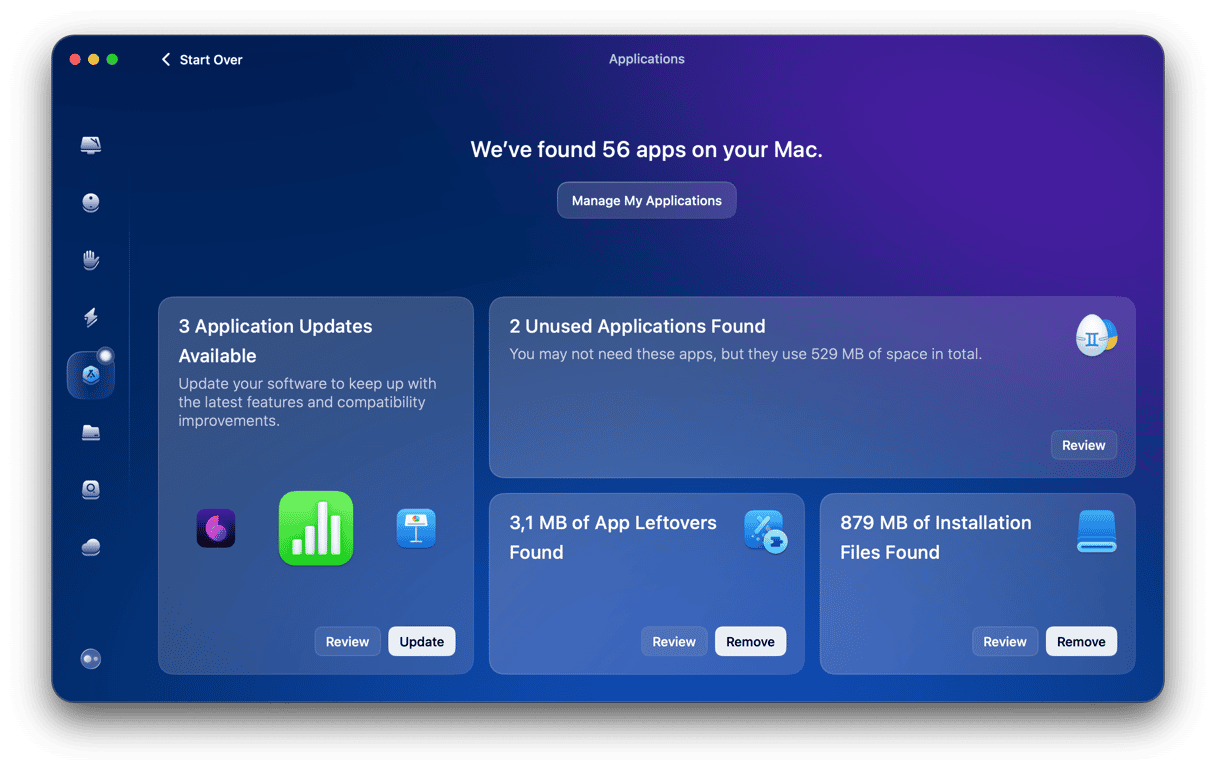Safari is an excellent web browser. It’s fast, stable, has lots of great features, and cares about your privacy more than most web browsers. However, occasionally things go wrong. One of the error messages you might see is “Safari cannot be opened while it is being updated.”
That happens because, during the process of updating itself, Safari got stuck and couldn’t continue with the update. And now, it won’t launch properly. Happily, there are a few things you can do to try and fix it. Here’s what to do if you can’t open Safari because it’s being updated.
Check to see if Safari is being updated
The first thing to do is to check whether Safari is actually updating. If it is, it may be that all you need to do is wait for it to finish.
- Go to System Settings > General > Software Update.
- If you see an update in progress, watch for a little while to make sure it’s progressing. If it is, leave it alone and wait for it to finish.
- If it looks like it’s stuck, restart your Mac.
- When your Mac restarts, try launching Safari again.
Relaunch Safari
Sometimes the simplest solutions are all that’s needed. Quit Safari, or Force Quit (Command-Option-Esc) if you need to, and then launch Safari again. That might just work.
Log out and log in again
If quitting Safari doesn’t work. Try logging out of your user account and then logging back in again (press Shift-Command-Q). Once you’ve done that, open Safari and see if it works this time.

Check Activity Monitor
If none of the above work, it’s time to dig a little deeper and use Activity Monitor to find out more about what’s going on. One possibility is that Spotlight is using the SafariQuickLookExtension process, and that is preventing Safari from updating. So, the first thing to look for in Activity Monitor is that extension.
- Go to Applications > Utilities and open Activity Monitor.
- Start typing SafariQuickLookExtension into the search box.
- If you see the process appear in the results, select it by clicking on it.
- Click the [X] button at the top left of the Activity Monitor window.
If you don’t see that process in Activity Monitor, click the [X] in the search box to cancel the search and then choose the CPU tab.
This will display running processes according to the number of CPU cycles they are using. If a process has hung and is causing Safari’s update to stall, it should show up near the top of the list. If you see a process taking up a large percentage of CPU cycles, select it and click [X]. Then try and launch Safari again.

How to fix other problems with Safari
Being unable to open Safari because it is being updated isn’t the only problem you might encounter when you’re using Apple’s web browser. There are several other common problems. Here’s how to fix those.
Safari running slowly
The most likely cause of Safari running slowly is that you have lots of tabs open. Sure, having 20 or 30 tabs open might be convenient, but it also consumes memory and CPU cycles. So, if Safari is slow, try closing tabs.
Safari not loading pages
There are a number of possible reasons for this:
- Your Wi-Fi or internet connection. Check these are both working before you assume Safari is at fault.
- The website you’re trying to access is having problems. Try loading the same page in a different browser. If it works, it could be that the site has problems with Safari.
- Try loading different sites in Safari. If those don’t work, the problem is Safari rather than the website. In that case, try resetting Safari using CleanMyMac, as described later in the article.
- When Safari tries to load a page you have visited recently, it will load it from a local cache file and update it. If that cache file is corrupt or Safari has a problem accessing it, you may not be able to load the page. The solution is to clear the cache.

How to remove data, including cache and cookies, a particular website has stored:
- Click on the Safari menu and choose Settings.
- Go to the Privacy tab and click Manage Website Data.
- Type the name of the website you’re trying to access into the search box.
- When it appears, select it and click Remove.
- Click Done and quit Settings.
- Try and load the page again.
Reset Safari
By reset, we mean deleting certain temporary files from Safari, which should fix potential errors. You can do it with a free version of CleanMyMac, a popular Mac maintenance suite.
- Open CleanMyMac — get your free trial here (you can test it for 7 days).
- Choose Applications and run a Scan.
- Click Manage My Applications.

- In the Uninstaller tab, click an arrow (>) next to Safari, select everything except Binaries, and hit Remove.

Tip: if you can’t see Safari, go to CleanMyMac > Settings > Ignore List, choose Uninstaller, and deselect the checkbox labeled Ignore system applications. After the next scan, it should appear.
Safari crashes frequently
A number of things could cause Safari to crash. But the first place we would look is the list of installed extensions. Extensions can add lots of useful features to Safari. But if they’re not kept up to date or become obsolete, they can start to cause problems. Extensions are also a common way for malware to infiltrate your Mac, so you should review them regularly.
- Click the Safari menu and choose Settings.
- Select the Extensions tab.
- Scroll through the list of extensions and look for any you don’t use.
- When you find one, select it and click Uninstall.

Close tabs
If Safari still crashes regularly, it’s time to start closing tabs. As we said earlier, having lots of tabs open consumes RAM and CPU cycles and could also cause Safari to crash. Bookmark any pages you want to return to and then close tabs.
Check for updates
Safari is updated as part of macOS. So whenever there’s an update to macOS, it’s possible there is an update to Safari, too.
So, it’s important to make sure you’re running the latest version of macOS.
- Once again, go to System Settings > General > Software Update.
- If there is an update available, click Update Now.
- Wait for the update to complete and try launching Safari again.

Flush DNS cache
If Safari seems to be working correctly, but you have problems connecting to some websites, it could be that their DNS entry has changed. Your Mac keeps a local directory of DNS names and IP addresses in the cache so that it doesn’t have to check with an online directory each time you load a web page.
However, if entries change, the cache won’t contain the correct IP address. Flushing the cache will update the local directory and should resolve the problem.
- In CleanMyMac, choose Performance and run a scan.
- Click View All Tasks and select the checkbox next to Flush DNS Cache (in the Maintenance tab).
- Click Run.

While Safari is a great web browser and, most of the time, it works very well, it can sometimes run into problems. One of those is an error message that says, “Safari cannot be opened while it is being updated.” There are lots of reasons this message can appear, even when Safari is not being updated. However, if you follow the steps above and use CleanMyMac to help, you should be able to fix it quickly and easily.







